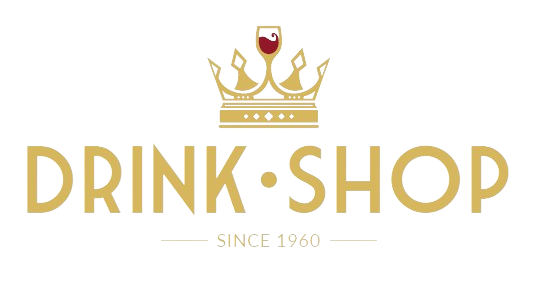Cantina Orsogna Vola Vole PASSERINA ORGANIC Sparkling Wine 2022
FEATURES CERTIFICATIONS
Organic Wine and Biodiversity Friend
TYPE OF WINE
Passerina Brut sparkling wine – made with the natural sugars of the grapes.
GRAPES
Passerina
ORIGIN OF THE VARIETY
Its name derives from the small size of the grapes and from the fact that sparrows show a particular predilection for its grapes, characterized by a particularly tasty pulp.
SOIL
Medium texture – calcareous
GROWING AREA
Orsogna 440m above sea level – 16 km from the Adriatic Sea and 16 km from the Maiella.
IN THE VINEYARD
CULTIVATION METHOD
Bio Cantina Orsogna's commitment is to improve the fertility of the soil of its vineyards, control parasites with biological methods, improve the biological quality of air and water and introduce native and nectariferous species.
This attention to the protection of biodiversity is attested, in addition to the Organic certification, also by the BIODIVERSITY FRIEND, the international biodiversity certification standard owned by the WBA onlus.
FORM OF BREEDING
Cultivated in "huts" (Abruzzo awning or pergola), the training method that most of all restores the vine to its natural vegetative development. In the "huts", on a horizontal wire roof, the vine grows harmoniously and naturally and the leaves take in the wind and sun. Form of cultivation that cannot be mechanized and therefore linked to the manual skills and experience of the winemaker. The cultivation of the vine in "huts" will resist as long as the small peasant property survives.
YEASTS SELECTED IN THE BIODIVERSITY OF AGROECOSYSTEMS
CHESTNUT POLLEN YEASTS
For millennia, wine fermentation took place spontaneously, triggered by the yeasts naturally present on the grape skins, the so-called indigenous yeasts. Bio Cantina Orsogna, always in search of biodiversity also in microbiology, has taken into consideration its agroecosystems as a yeast selection basin. In this selection process, mead (also called hydromiele or honey wine), the first drink in the world (about 20,000 years ago) based on water and honey which ferments spontaneously producing alcohol, aroused much curiosity. This means that honey and even pollen contain yeasts that ferment and produce alcohol. For this reason Bio Cantina Orsogna has successfully searched for and selected yeasts in the pollen of beehives positioned near plants of our agroecosystems: hawthorn, chestnut, blackberry, cherry, sulla and clover.
Passerina wine was fermented with selected yeasts on chestnut pollen.
FERMENTATION AND RE-FERMENTATION OF VOLA VOLÉ PASSERINA SPARKLING WINE
For more than 10 years the Bio Cantina Orsogna has been re-fermenting its bubbles without using sugars (sucrose), the second fermentation is entrusted to the natural sugars of the grapes which give the sparkling wine maximum naturalness and territoriality.
Replacing sucrose with must also improves the finesse, creaminess and faithfulness to the grape variety of the bubble. Sparkling wine production without the addition of sucrose is suitable for hot areas where the grapes reach an excellent level of ripeness while it is impractical in cold areas where the grapes ripen less.
In the warm areas of Central and Southern Italy, sparkling wine production with its natural sugars avoids harvesting immature grapes.
The maturation of the sparkling wine in the autoclave takes place "sur-lie" or on its own yeasts, the wines produced through this method are endowed with a pleasant, non-aggressive foam, with primary and secondary aromas that mix with those given to the yeasts, during the long contact with wine.
SPARKLING VOLA VOLÉ PASSERINA
GRAPES with a sugar content of approximately 218 g/l (equal to 13.1% vol. potential alcohol)
FERMENTATION: Chestnut pollen yeasts until it has reached a residual sugar of 35 g/l when refrigerated at 4°C.
REFERMENTATION in an autoclave for second fermentation with chestnut pollen yeasts which will produce a sparkling wine of 12.5% vol. and 10 g/lt residual sugars and 5 Atm pressure.
IMPORTANT: in second fermentation with the addition of sucrose, the same result is obtained with grapes with a sugar content of 175 g/lt (equal to 10.5% vol. potential alcohol).
TEMPERATURE 6-8°C
VIEW Brilliant straw yellow with a fine and persistent perlage.
SMELL Hints of bread crust, white currants and the freshness of the typical white flowers of Passerina.
TASTE Pleasantly acidic, savory, fresh and with a persistent aromatic return, typical of the vine.




